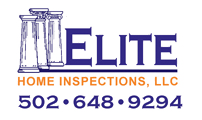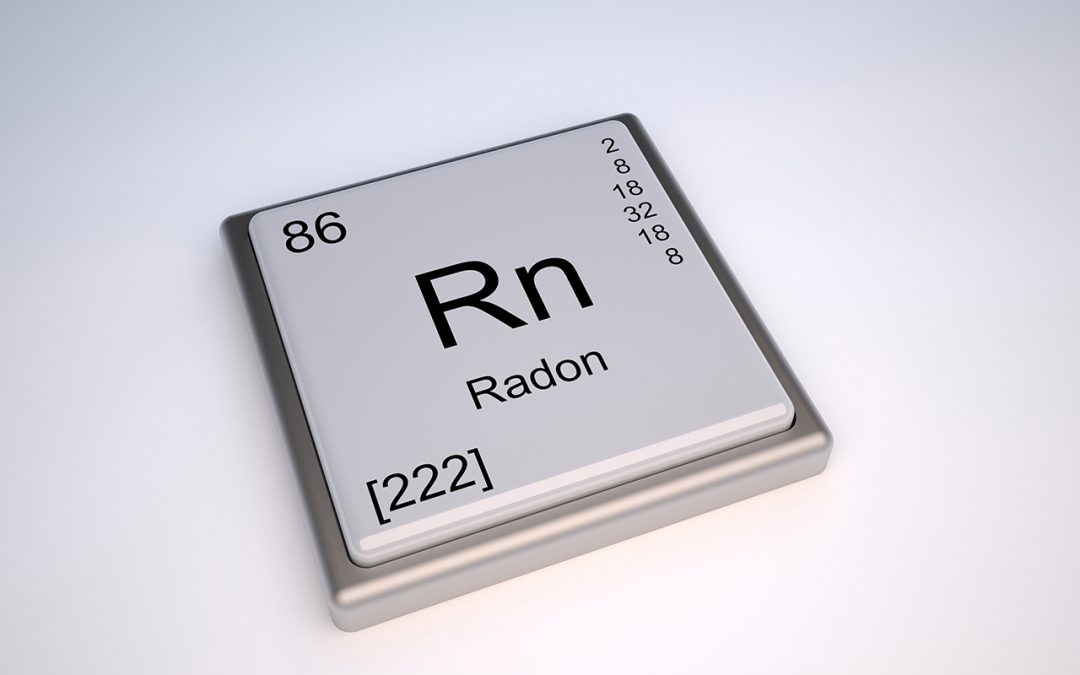Radon testing in your home could potentially save a life. This odorless gas is found in soil and becomes a problem when it enters and gets trapped in your home. As the second-leading cause of lung cancer in the U.S., radon is very dangerous to anyone who is exposed to high levels of the gas, even for a short period of time. Despite what we know about radon, many myths about the gas still exist. These myths pose a serious threat to people who ignore the risk of radon in their home. Learn some of the most common radon myths and the truth behind the misconceptions so you can protect yourself and your family from the dangers of radon.
What is Radon?
Radon is an odorless, colorless gas that causes more than 21,000 deaths in the U.S. each year. It is emitted from the earth’s soil, where it can then be transmitted into the home via cracks, windows, and other openings. When it enters the home, there is always cause for concern. Radon mitigation is possible but since the gas cannot be seen, tasted, or smelled, professional help is needed to detect and treat the problem.
Common Radon Myths Debunked
There is a good chance you’ve heard a few of the common radon myths before. Some people spread information with the full belief that it is accurate when in reality, nothing could be further from the truth. It is important to educate yourself on the topic so when you do hear the myths, you’ll know firsthand that it is inaccurate. Your information could potentially help someone else. Some of the most common myths and the truth behind them include:
- Radon testing is expensive: Radon testing is affordable and well worth the peace of mind you will have from knowing what the levels are in your home. The most accurate way to test for radon is to have a professional home inspector perform the test. This service will cost a little bit more than purchasing a DIY kit, but it’s more reliable, and you don’t want to take any chances when it comes to your health.
- Radon isn’t a real threat: Some people say that radon isn’t a big concern and that it is not as dangerous as the EPA suggests. However, these misguided theories have been proven incorrect and inadequate numerous times. Studies have proven a direct correlation between radon exposure and lung cancer.
- Radon isn’t in my area: Whether you’re on the West coast, situated in the Midwest, deep in the south, or spread out over the east coast, radon is a serious threat to your home and well-being.
- My home isn’t at risk for radon: There is no particular type of home that is at a greater or lesser risk for radon than the next. No matter the size, the age, or location of the home, every home should be tested for radon.
Know the Truth
By knowing the truth about radon, you can protect your family’s health. Despite the many common radon myths that are out there, it’s important to take radon seriously and have your home tested. If you live in Louisville, Kentucky or the surrounding area, contact Elite Home Inspections to schedule a radon test.

